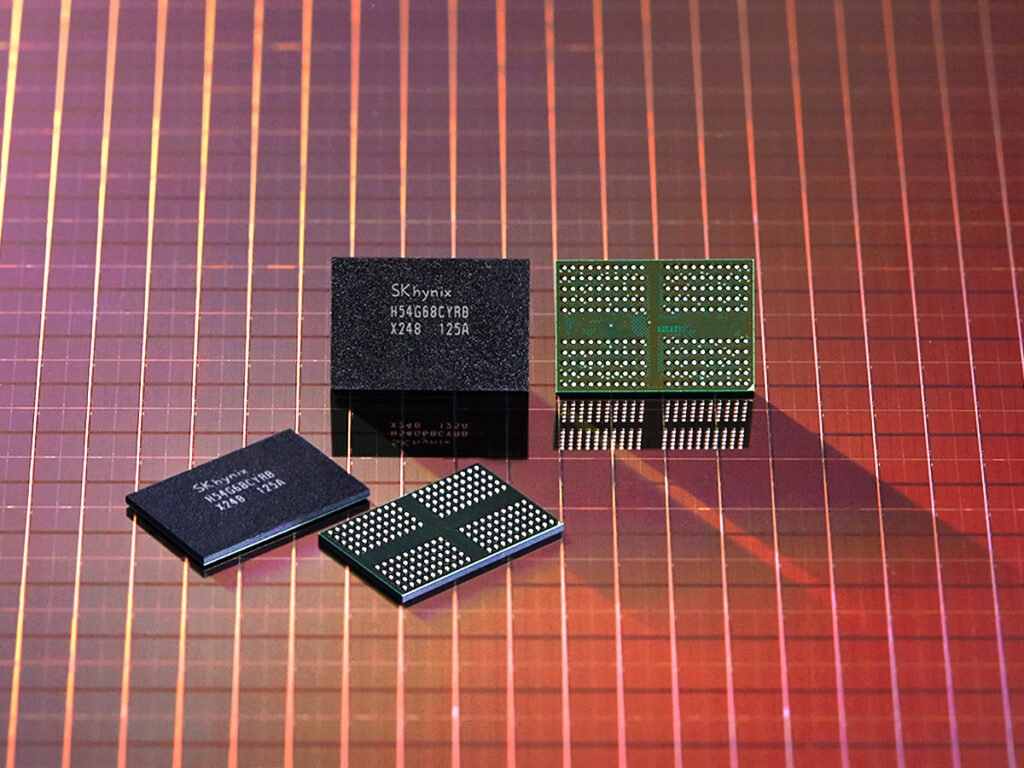The global DRAM market is entering a challenging period as prices continue to rise due to sustained demand from the artificial intelligence and data center industries. The current market situation reflects a sharp shift in production priorities among leading manufacturers such as Samsung, Micron, and SK hynix, who are focusing their capacity on high-performance memory products used in AI servers and cloud systems.
According to a report published by DigiTimes, Samsung has halted contract pricing for DDR5 DRAM. This decision indicates that the company’s production lines are fully committed, leaving limited room for consumer-grade memory supply. Industry analysts expect other manufacturers to adopt similar measures, further tightening the availability of DDR5 modules.
Market data shows that DRAM spot prices have climbed sharply in recent weeks. DDR5 16Gb chips have nearly doubled in value, reaching around $15.50 per unit. The trend is expected to continue into early 2026 as production remains constrained and AI-related demand grows. This surge stems from the allocation of most DRAM capacity to cloud service providers and AI infrastructure companies, reducing the supply available to consumer markets.

The ripple effect is being felt across the entire memory segment. Many manufacturers have reduced DDR4 output to prioritize the more profitable DDR5 and high-bandwidth memory (HBM) lines. Retail pricing for memory modules has already increased by an estimated 20% to 40% since the third quarter of 2025. Brands including Corsair and Adata are adjusting prices to reflect the higher procurement costs and limited supply from upstream suppliers.
While the situation benefits memory producers with stronger revenue margins, consumers are facing a more expensive market for PC components. Analysts predict that pricing pressure will persist through at least the first quarter of next year, with only limited relief expected once production capacity is rebalanced.
For users planning memory upgrades, current deals may offer temporary value before further price increases occur. The market outlook suggests continued volatility as AI demand continues to reshape the supply chain, placing both manufacturers and consumers in a period of adjustment heading into 2026.







